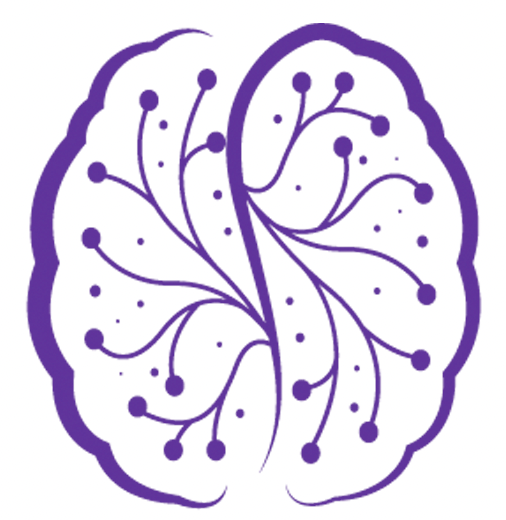October has long been regarded as a month of transition—both in nature and in spirit. As the days shorten and the natural world moves toward dormancy, many cultures observe this time as one when the “veil” between the physical and spiritual realms grows thinner. Traditions such as Samhain, Día de los Muertos, and All Hallows’ Eve all share a common theme: honoring cycles of death and renewal, remembrance, and transformation.
Within this seasonal context, psilocybin, the psychoactive compound found in certain mushrooms, holds a special resonance. Indigenous peoples across Mesoamerica have used psilocybin-containing mushrooms for centuries in ceremonial settings to facilitate connection with the spirit world, foster healing, and gain insight. The timing of these ceremonies often aligned with natural cycles—rainfall, harvest, and the changing of seasons—mirroring the earth’s own rhythm of growth, decay, and regeneration.
In contemporary practice, psilocybin is being revisited both as a sacrament and a therapeutic tool. As modern research explores its potential for addressing depression, anxiety, and trauma, many individuals also engage with it ceremonially to reflect, release, and reconnect during periods of change. October’s symbolic “thinning of the veil” can provide a meaningful framework for these experiences, encouraging participants to approach the medicine with intention, respect, and mindfulness.
Rather than a recreational experience, psilocybin ceremonies in this season are often approached as opportunities for integration—to make peace with the past, gain clarity for the future, and align more deeply with one’s inner truth. As science and spirituality continue to intersect, October reminds us that nature’s cycles—and the medicines that arise from them—invite us to participate in our own transformation with humility and care.
